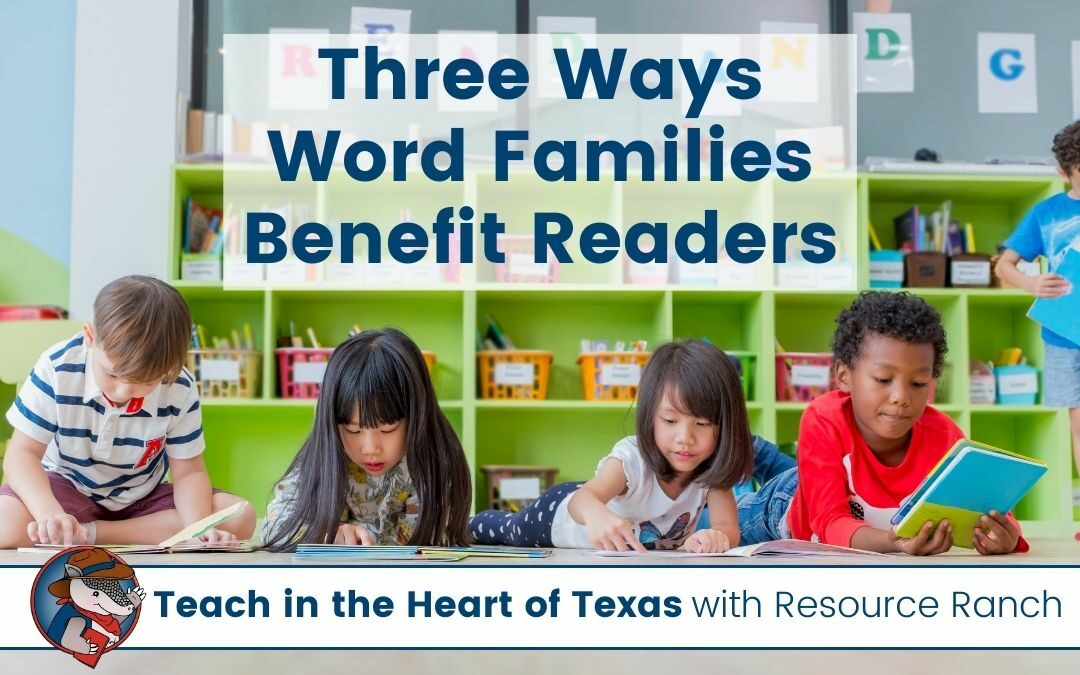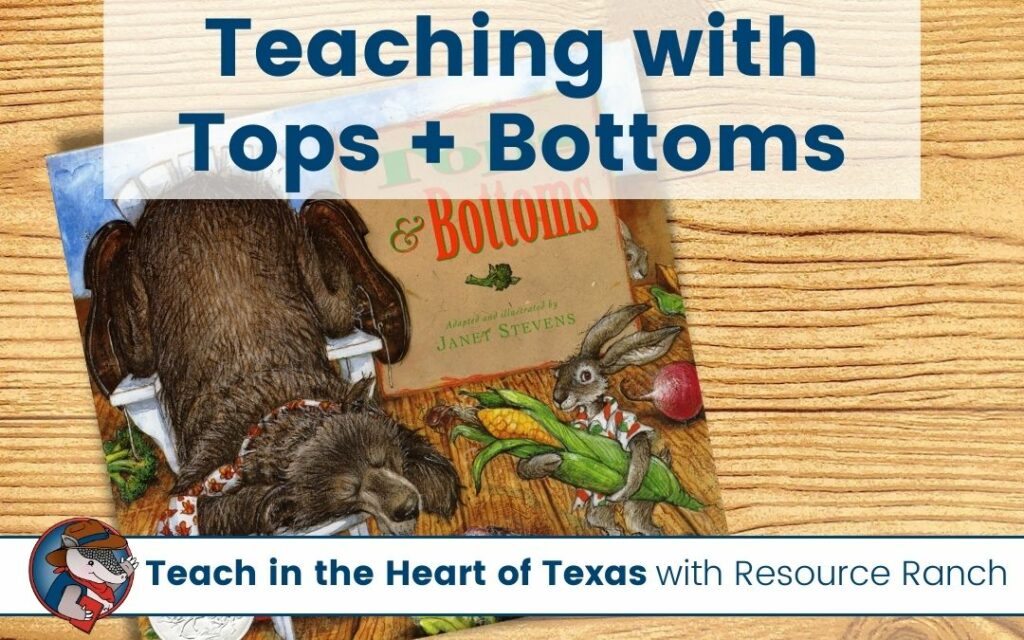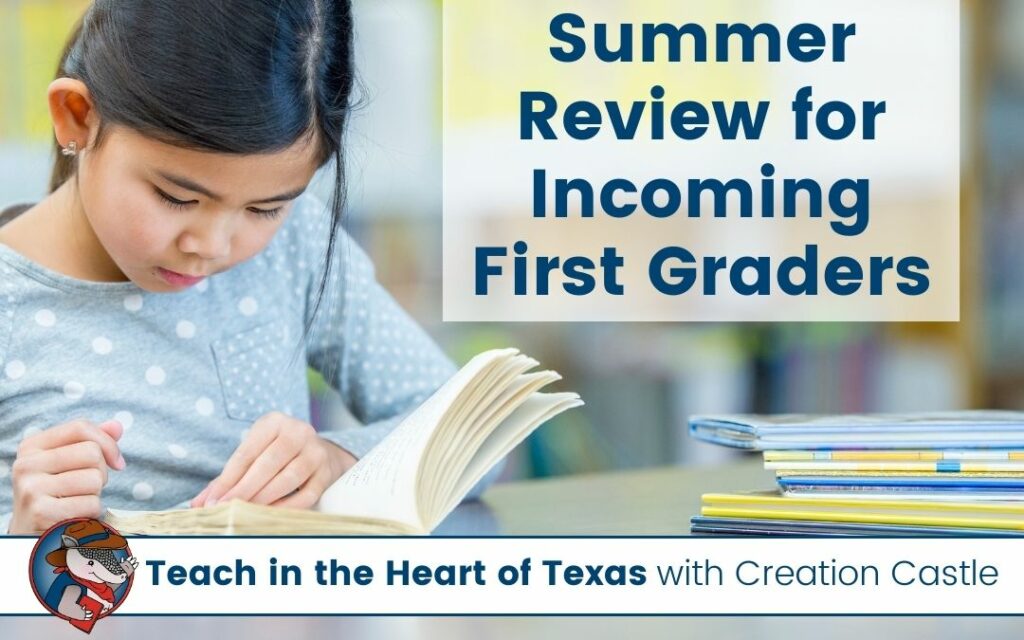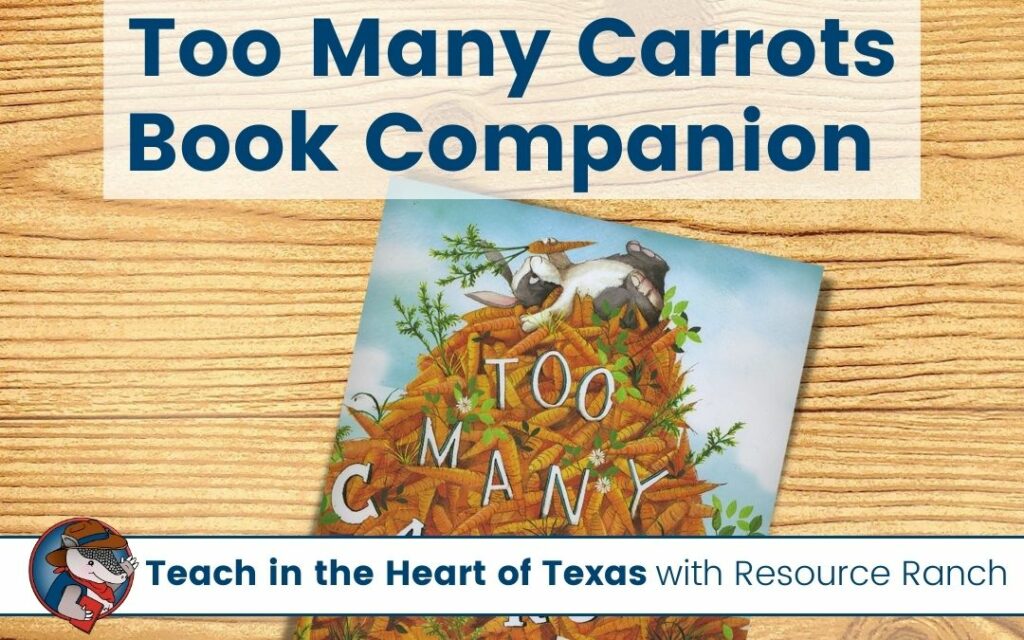We can all agree that teaching children to read is an important part of early elementary education, but how we should go about preparing students to become readers is often a topic of debate among teachers. I believe the best approach is to provide students with several reading strategies. One of those that I have found of greatest value both working as a classroom teacher and as a reading specialist was word families.
Quick Links
What is a Word Family?
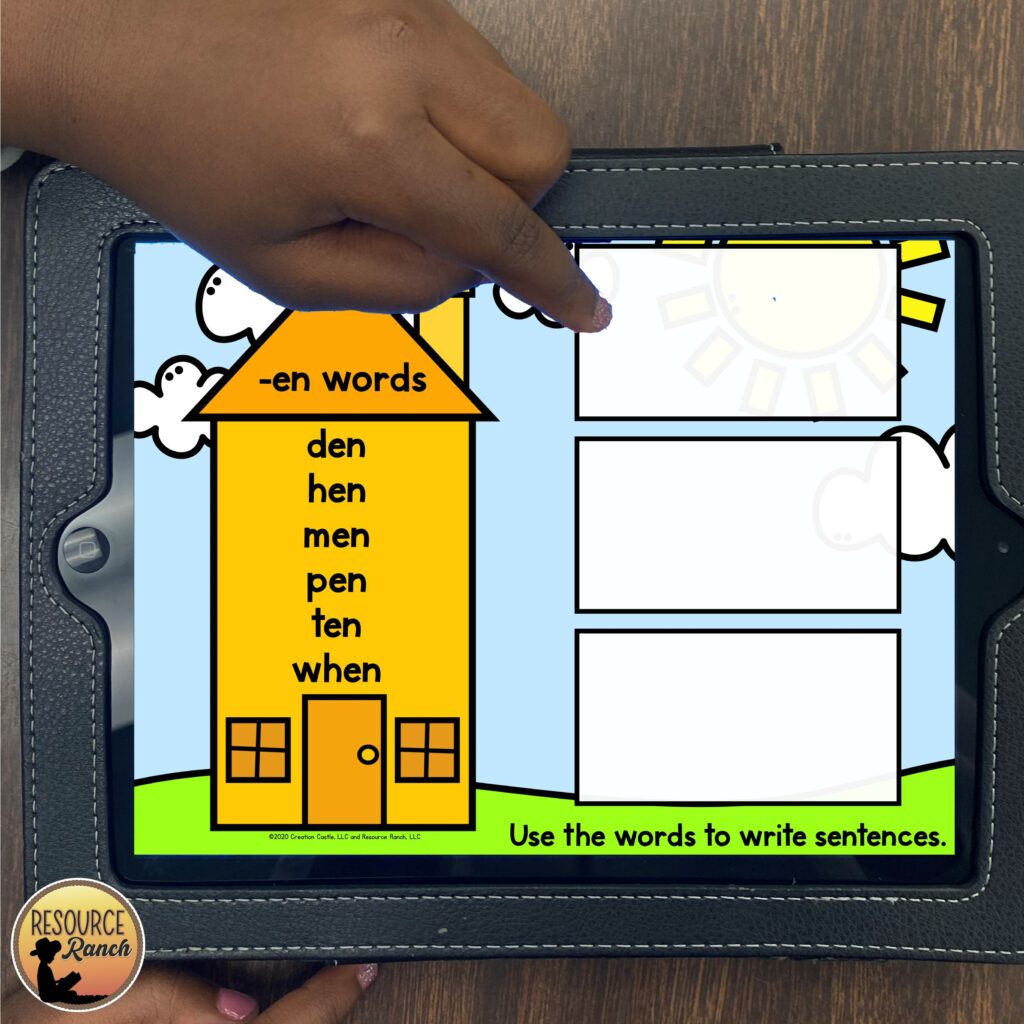
A word family is a group of words that share the same word pattern. The easiest of word families are those made from CVC words.
The vowel and ending consonant make up the pattern part (the rime), and the beginning consonant is called the onset. Students are taught to blend the onset and rime pattern to read words.
For example, students are taught when the letters o and t are put together, they make up the rime -ot. Then by teaching them to blend that rime with initial consonants, they can quickly learn to read cot, hot, lot, and any other word with the -ot rime.
Once this strategy becomes familiar, students can progress from three-letter CVC words to longer four- and five-letter words. The strategy to use the -ut pattern to read hut and rut, can then be applied to decode shut and strut. The same strategy can later be used with longer rimes such as -ack, -ight, or -ong.
The 37 most common word families identified by Richard E. Wylie and Donald D. Durrell in 1970 are -ack, -ain, -ake, -ale, -all, -ame, -an, -ank, -ap, -ash, -at, -ate, -aw, -ay, -eat, -ell, -est, -ice, -ick, -ide, -ight, -ill, -in, -ine, -ing, -ink, -ip, -it, -ock, -oke, -op, -ore, -ot, -uck, -ug, -ump, -unk.
Find a list of these families and many more here to help you with planning your phonics or spelling lessons.
Why are Word Families a Good Strategy?
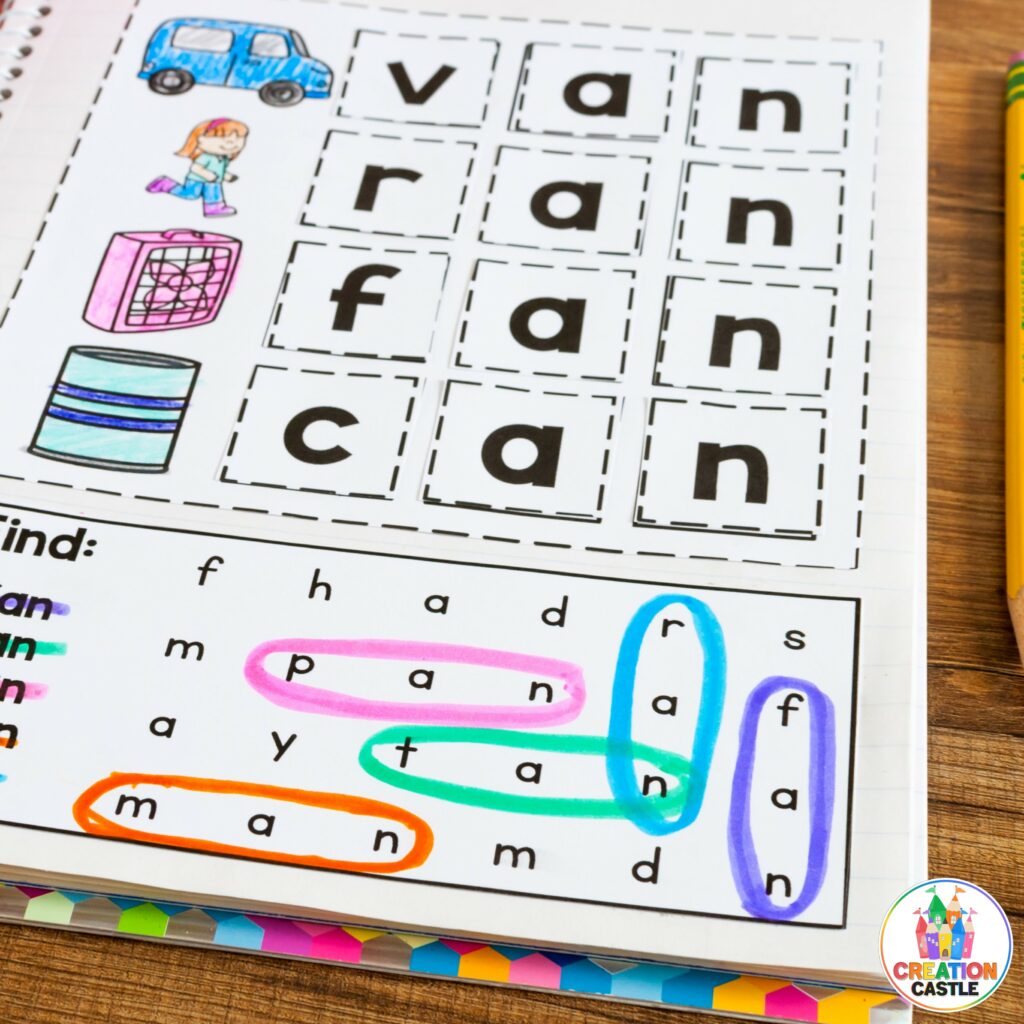
By learning word families, children can build their vocabulary quickly, increase confidence when approaching unknown words, and improve reading fluency.
Students are generally more successful in breaking apart an onset and rime than sounding out individual phonemes within a word. Once the concept of word families is understood, whole families of words can quickly be learned. The number of words a student can read and spell will grow much faster.
Children are sometimes reluctant to read because they don’t know what to do when they encounter unknown words. When students learn to identify those rime patterns, it will improve their decoding skills and will help build their confidence.
Blending onset and rime allows students to identify words more quickly than blending each individual letter sound in a word. Once children are able to recognize letter/sound patterns and apply the word family strategy, their speed of identifying words will increase and in turn improve fluency.
Word families are beneficial in developing strong readers. They help students recognize letter patterns in words and begin to hear rhyming sound patterns. Increasing word recognition and confidence when encountering new words enables students to become more fluent and independent readers.

Resource Ranch
Rhonda is the author of Resource Ranch. Most of her classroom experience has been in early elementary. She has also taught Title I Reading, ESL, and gifted students. She is certified as a Texas teacher in grades 1-8 and as a K-12 librarian.

